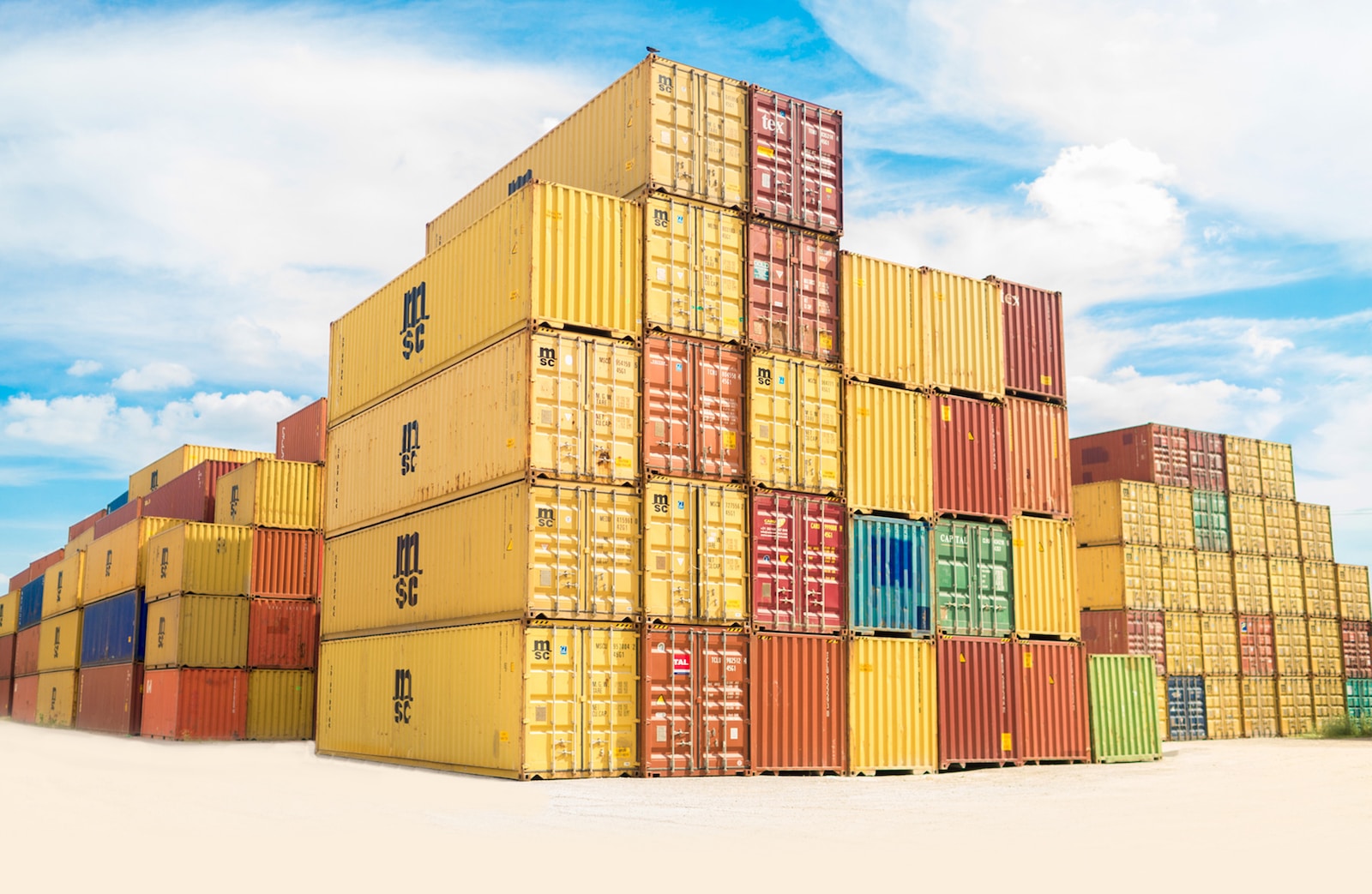If you’re involved in the logistics and shipping industry, you’ve likely come across the term “T1 document.” But what exactly is it, and why is it important? In this comprehensive guide, we will dive deep into the world of T1 transit documents, exploring what they are, why you might need one, and how to navigate the application process. So, whether you’re a seasoned professional or new to the field, let’s unravel the mystery of T1 documents together.
What Is a T1 Transit Document?
The T1 transit document is a crucial element in the complex world of international shipping. It serves as a shipping note that initiates the customs process, allowing you to transport goods across borders between non-EU and EU countries, as well as their respective customs offices, without incurring immediate charges.
Having a T1 document means that import and customs charges won’t need to be paid until the goods reach their destination country. Essentially, the T1 document acts as a guarantee to the customs authorities, ensuring that you will pay the relevant charges and taxes once the freight reaches its destination, allowing you to retain control of the goods throughout the journey.

T1 vs. T2 Documents: What’s the Difference?
While T1 and T2 documents are both transit documents, they serve different purposes. T1 documents are necessary for transporting non-EU goods into EU territory, as well as to EFTA (European Free Trade Association) states, including Iceland, Lichtenstein, Norway, and Switzerland.
In contrast, T2 documents are used for intra-community transit, which means they are required when transporting community goods (goods originating from within the EU) or non-community goods that have already been cleared to non-EU member countries. Understanding the distinction between these two types of documents is vital for successful international trade operations.
The T1 Customs Procedure
The T1 procedure begins at the country of departure and is initiated by the relevant customs authority. Once started, you have a maximum of seven days to present your cargo to the customs office at the destination. At this point, the customs officers will examine the goods and perform identity checks. Additionally, you’ll be required to leave a security deposit to cover the estimated import charges at the destination.
It’s worth noting that there are simplified procedures available for authorized consignors and consignees, often achieved through gaining AEO (Authorized Economic Operator) status. Reputable freight forwarders with AEO certification can handle the customs process for you, simplifying your logistics and minimizing the hassle.
Once your cargo reaches its destination country and clears customs, the T1 procedure is officially closed. You’ll then receive security approval and a dispatch note, allowing the goods to be released.
Do I Need a T1 Document?
The primary benefit of having a T1 document is that it defers the payment of customs duties and taxes on non-EU manufactured goods until they arrive in the EU. You will require a T1 document when transporting goods manufactured outside of the EU into their final destination within the EU. This requirement even applies if your goods are passing through EU territory on their way to another location within or outside the EU.
How to Obtain a T1 Document
To obtain a T1 document, your freight forwarder or representative will need to submit an IE015 declaration to the New Computerized Transit System (NCTS) at the Office of Departure. This declaration is specific to the UK but can vary based on the country you’re applying from. Once the IE015 is accepted, a Transit Accompanying Document (TAD) will be generated. The TAD, as the name suggests, accompanies your shipment.
When completing your transit document, it’s essential to know what to look for. T1 documents will specify the declaration type as “1/3” in the Declaration Type box and “001” in the Forms box.
What Other Information Is Required in a T1 Document?
When preparing your T1 document, several details must be included, such as:
- Number of packages
- Total weight
- Number of seals
- Customs tariff number (HS Codes)
- Information on both the consignor and consignee
For more information on how to complete your T1 document application, you can refer to relevant resources or guidelines specific to your country.
How Long Does the Application Process Take?
Typically, your freight forwarder or logistics specialist will handle the entire application process. However, if you have all the necessary requirements and paperwork prepared, the application process should take approximately 60 minutes once all the information is received and the T1 document is generated. Keep in mind that the time can vary between 45-90 minutes, depending on the New Computerized Transit System.
How Can a Freight Forwarder Help?
As a freight forwarder, DG International is well-equipped to manage the entire T1 application and customs process, streamlining the process and reducing any confusion or stress. Being an authorized Customs Broker, they have the industry experience and capability to ensure VAT transfer and facilitate smooth border crossings.
In conclusion, the world of international shipping and customs procedures can be complex, but understanding the role of T1 transit documents is essential for successful cross-border trade. Whether you’re new to the industry or a seasoned professional, partnering with a reputable AEO-certified freight forwarder can make the process much more manageable. If you have any questions or require shipping solutions, don’t hesitate to reach out to DG International for expert guidance.

